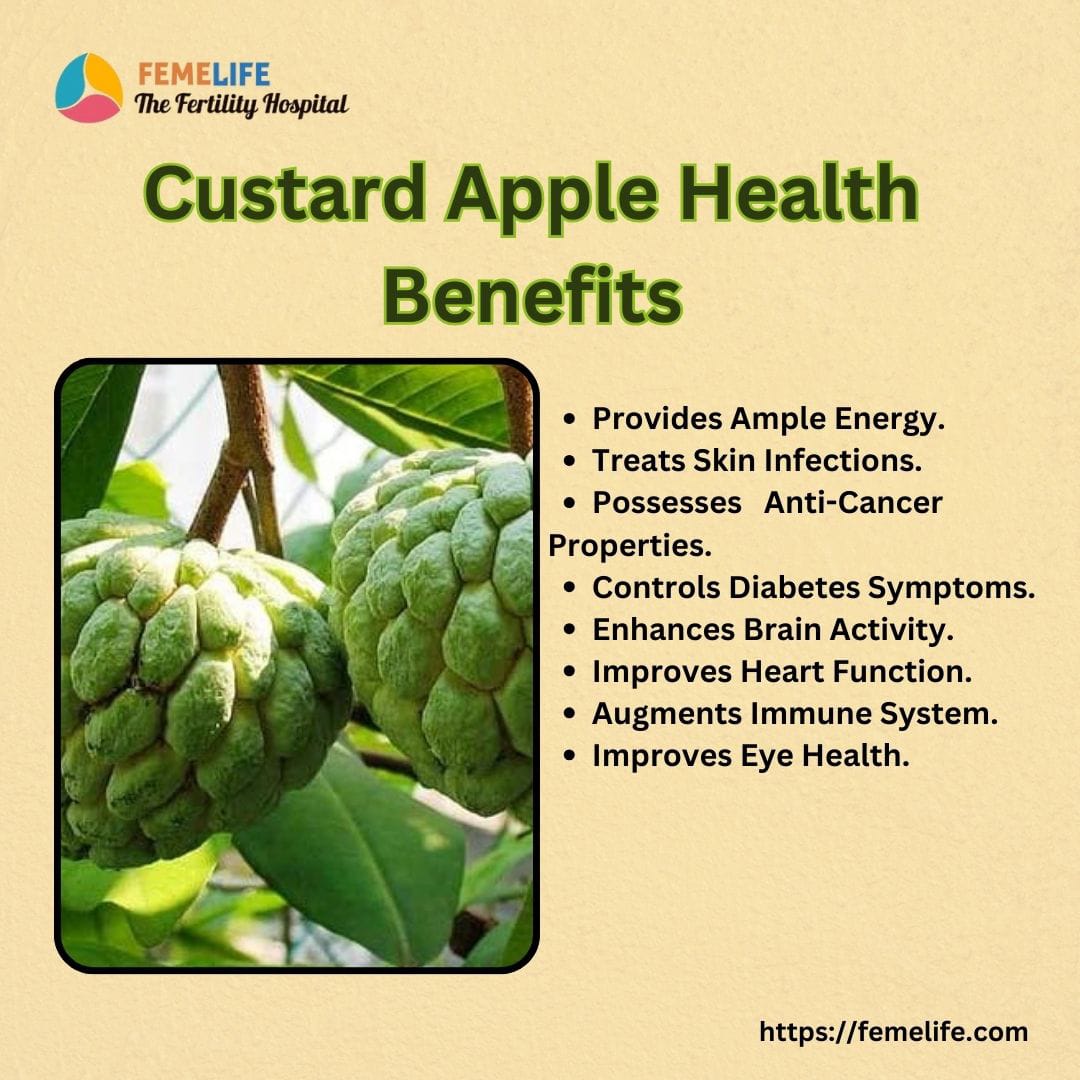The Sweet Delight of Custard Apple: A Complete Guide

Introduction
Custard apple, scientifically known as Annona squamosa, is a tropical fruit that has captured the hearts of many with its unique flavor and creamy texture. This delightful fruit, often referred to as “sugar apple” or “cherimoya” in different regions, is not only a treat for the taste buds but also packed with essential nutrients. In this article, we’ll explore everything you need to know about custard apples, from their nutritional benefits to tips for selecting and enjoying them.
What is Custard Apple?
Custard apple is a member of the Annonaceae family, which includes other fruits like soursop and cherimoya. The fruit is characterized by its green, scaly exterior and sweet, custard-like flesh. It typically weighs between 100 to 600 grams and has a shape that can range from round to heart-like.
Varieties of Custard Apple
There are several varieties of custard apple, with the most common being:
- White Variety : This type has a pale, creamy flesh with a sweeter taste.
- Pink Custard Apple: Known for its blush-colored skin and rich flavor.
- Cherimoya: Often confused with custard apple, cherimoya has a smoother texture and is more delicate.
Nutritional Benefits
Custard apples are not just delicious; they are also nutritious. Here are some of the key health benefits associated with this tropical fruit:
1. Rich in Vitamins and Minerals
These are an excellent source of vitamin C, which is vital for a healthy immune system. They also contain significant amounts of potassium, magnesium, and B vitamins, which help support various bodily functions.
2. High in Antioxidants
The fruit is packed with antioxidants, which help combat oxidative stress in the body. These compounds can reduce the risk of chronic diseases and promote overall health.
3. Dietary Fiber
Custard apples are a good source of dietary fiber, which aids in digestion and helps maintain a healthy gut. A fiber-rich diet can also assist in weight management by promoting a feeling of fullness.
4. Low in Calories
With their low calorie content, custard apples make for a guilt-free snack. They are an excellent choice for those looking to satisfy their sweet tooth without overindulging.
How to Select and Store Custard Apples
Selecting Custard Apples
When choosing, look for fruits that are slightly soft to the touch, indicating ripeness. The skin should be green or yellowish-green, and avoid fruits with blemishes or dark spots. A ripe custard apple will emit a sweet aroma.
Storing Custard Apples
If you have unripe fruits, store them at room temperature until they soften. Once ripe, they can be kept in the refrigerator for up to a week. Always consume them within a few days of ripening for the best flavor.
How to Enjoy
Custard apples are versatile and can be enjoyed in various ways:
1. Fresh and Raw
The simplest way to enjoy custard apples is to eat them raw. Cut the fruit in half and scoop out the flesh with a spoon. The creamy texture and sweet flavor are sure to delight.
2. Smoothies and Shakes
Blend ripe custard apples into smoothies for a creamy texture and natural sweetness. Combine them with yogurt, milk, or plant-based alternatives, along with other fruits for a refreshing drink.
3. Desserts
Custard apples can be used in various dessert recipes. From custard apple pies to sorbets, the fruit can add a unique flavor profile to your favorite sweets.
4. Salads
Incorporate custard apples into salads for a tropical twist. Pair them with greens, nuts, and a light dressing for a refreshing meal.
Culinary Uses Around the World
Custard apples are enjoyed in various culinary traditions. In India, they are often used in desserts and smoothies. In the Caribbean, the fruit is sometimes blended with coconut milk to create a refreshing beverage. In some Southeast Asian countries, custard apples are used in savory dishes as well.
Possible Health Risks
While custard apples are generally safe to eat, there are a few considerations to keep in mind:
- Allergies: Some individuals may have allergic reactions to custard apples. If you’re trying them for the first time, start with a small amount.
- Cyanogenic Compounds: The seeds of the custard apple contain cyanogenic compounds, which can be toxic in large quantities. It’s best to avoid eating the seeds and stick to the flesh.
Conclusion
Custard apple is a delicious and nutritious fruit that offers a range of health benefits. Whether you enjoy it fresh, blended into a smoothie, or incorporated into desserts, this tropical delight is sure to please your palate. With its low calorie count and high nutrient profile, custard apple is an excellent addition to any diet. So next time you’re looking for a sweet treat, consider reaching for a custard apple and savor the unique flavors it has to offer.
FAQs About Custard Apple
1. Where can I buy custard apples?
Custard apples can often be found in tropical fruit markets, grocery stores, and farmers’ markets, especially during their peak season.
2. How do I know when a custard apple is ripe?
A ripe one will be slightly soft to the touch and emit a sweet fragrance.
3. Can I eat custard apple seeds?
It’s best to avoid eating the seeds due to their cyanogenic compounds, which can be harmful in large quantities.
By following this guide, you can fully appreciate the custard apple, from its delicious flavor to its numerous health benefits. Enjoy experimenting with this tropical fruit in your kitchen!
Read More











